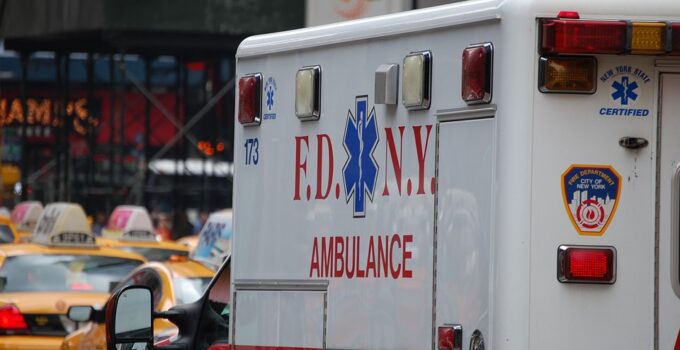No matter how safe you try to be when behind the wheel, all it takes is for another driver who is not as careful as you are on the road to cause an accident. Some traffic incidents, including near-misses, car crashes, and even stolen cars, can cause a heart-pounding reaction. Unsurprisingly, hit-and-run incidents can be one of the most unnerving and upsetting experiences for both the driver and anybody else involved.
A driver who causes a collision or hits another car, a property, or a pedestrian and then either flees the scene or provides untruthful information, has committed a hit-and-run. While most drivers will follow the rules and stay at the scene after being in a collision, some will not, making getting the information that you need for law enforcement and your insurer more difficult.
In this scenario, information is the most important thing that you can have. And, knowing how to respond to a hit-and-run ahead of time may even help you track the other driver down. Here’s what to do if you are the victim of a hit-and-run collision.
Page Contents
Pull Over Safely and Stay at the Scene:
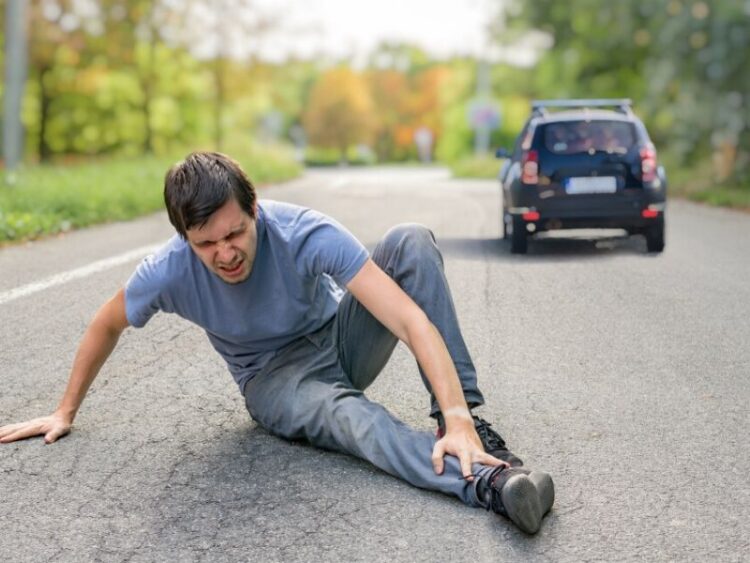
source:utv.ie
It can be tempting to chase or apprehend another driver who is fleeing the scene, but this will only make the situation worse. Instead, stay at the scene and pull over in a safe place if you can. If you have passengers in the car, ask them to use their smartphone to try and take a photograph of the other driver fleeing the scene. Even if it’s not the best photograph, it can be helpful in trying to track them down. If you have a dashboard camera fitted in your car, now’s the time to make sure that it has protected the recording of the collision.
Call the Police:
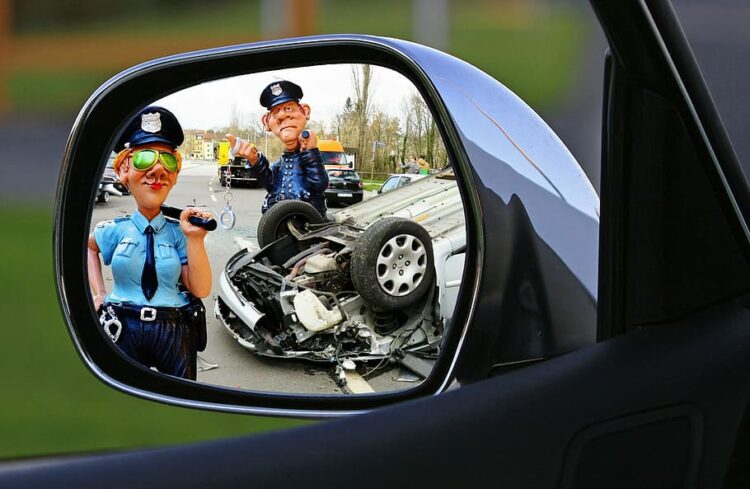
source:pxfuel.com
Once you’ve parked safely, contact the police immediately. If you’re in an emergency situation, call 911, but otherwise, contact your local police department who will be able to advise you on the best next steps to take. Even if you don’t think that the police are required on the scene, you should still contact them to make them aware of the situation.
Failing to contact the police, even if you are unable to describe the vehicle that hit you, could cause problems with your insurance claim down the line. In addition to calling the police, now is a good time to call your breakdown company if your car will need to be towed. Even if it’s driveable, it’s a good idea to have your car taken to an auto repair shop by a professional, as collisions can sometimes cause damage that you won’t be able to see.
Gather Evidence:
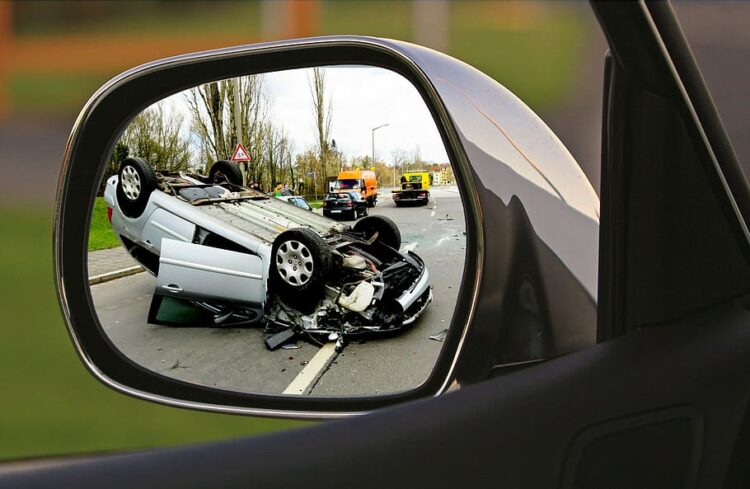
source:pxfuel.com
After a hit-and-run, it’s important to gather as much evidence as you can from the scene. Start by taking photographs of your vehicle that show the damage from every necessary angle, and a photograph of the area where the incident occurred. If the collision has left any debris in the road, get a picture of this too.
While it’s still fresh in your mind, you should also write down everything you can remember from immediately before and after the collision, or take it down using your phone’s notes app. Record any details that you remember about the other vehicle, even small details like the color or the make of car. The license plate is the most important piece of information to have as this can help identify the culprit, but it’s not always easy to get, so don’t worry if you’ve not been able to record it.
Get Witnesses:
If anybody saw the collision happen, ask them to write down what they saw and give their contact information. Witnesses will help to support your version of events and somebody may have managed to get more details on the other driver, such as a license plate, that you can use to identify them.
Speak to any pedestrians who may have been passing by when the collision happened and any other drivers that pulled over when they saw the incident. Other drivers who have dash cams fitted to your car can be very useful witnesses since they may have footage of the incident that you can send to the police and your insurance company. If a witness has recorded the license plate of the offending driver, you can file a police report.
Contact Your Insurance Company:
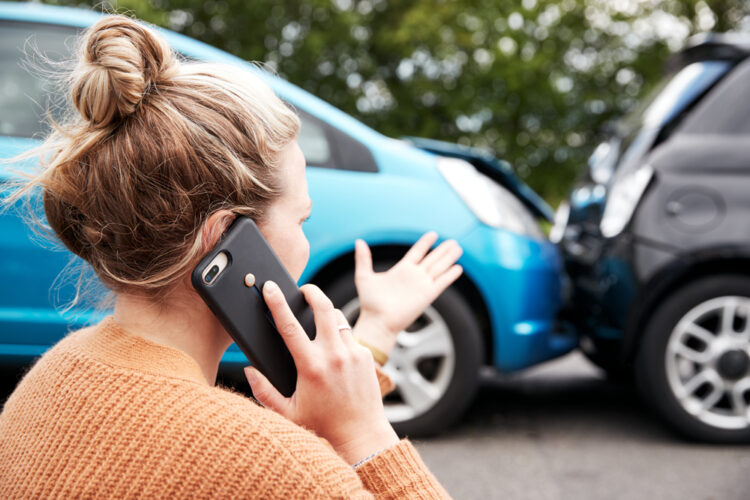
source:utv.ie
After contacting the police and getting as much evidence from the scene as you can, you will want to file a claim with your auto insurance company. Bear in mind that in order to have damage from a hit-and-run collision covered, you will need to have collision coverage or uninsured motorist property damage cover.
If you have either of these types of cover, submitting your claim should be fairly straightforward. You will likely have to pay the deductible in order to begin the repair process or get a payout for the value of your vehicle, but this will usually be reimbursed to you if the police or your insurer is able to find the person who hit you. If you don’t have either of these types of cover, you may be required to pay out of pocket.
Getting Legal Help:
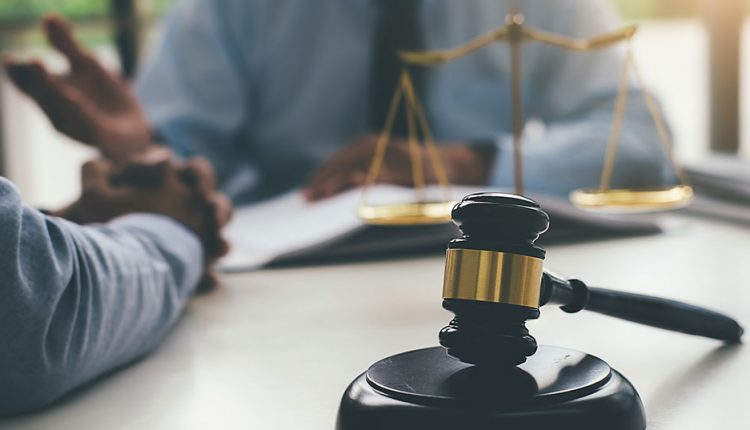
source:thegardnerlawfirm.com
Sometimes, it may be necessary to get legal help in order to ensure that you get the compensation you deserve after being a victim of a hit-and-run. An experienced car accident lawyer, such as one at attorneybrianwhite.com can help you win your case by liaising with both your insurance company and the other drivers if they are identified.
If the other driver is denying fault, a lawyer can help prove your version of events and begin proceedings against the insurance companies to reimburse you for the cost of repairing or replacing your car. A good car accident attorney can also help you with any personal injury claims that you wish to pursue as a result of the accident. Check this site crockettlawgroup.com for more information on personal injury claims.
Being victim to a hit-and-run can be one of the scariest things to happen to you on the road. Knowing what to do in advance will help you better respond to the incident if it happens to you.

